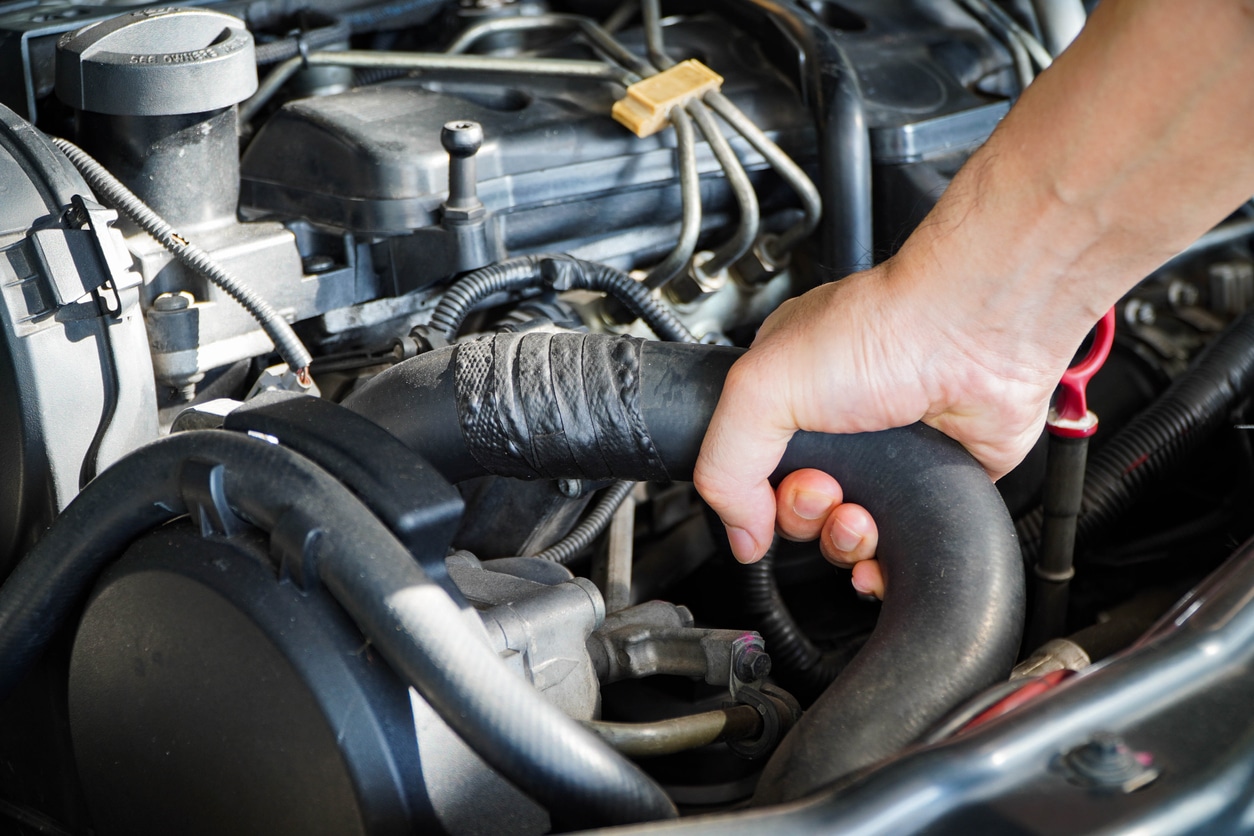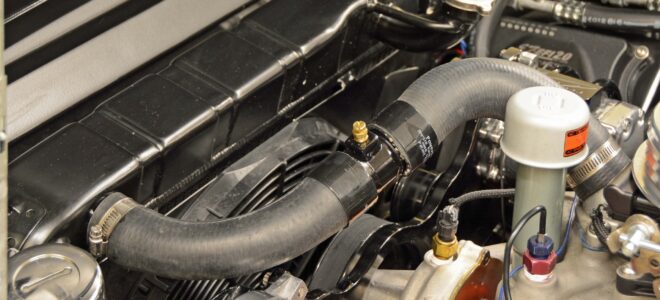From the moment your car starts to the second, it shuts off, radiator hoses are essential for keeping your engine cool and running. These vital components of your vehicle’s cooling system help regulate temperatures and enable efficient heat transfer from one area to another.
Without them, you’d be stuck in a hot mess on the side of the road with an overheated engine. This article will explore how radiator hoses work and why they’re so important for protecting your ride from overheating.
Well also look at what can go wrong if these parts become damaged or worn down over time. So let’s get started on understanding how radiator hoses keep us cool!
What Are Radiator Hoses?

Source: holtsauto.com
Radiator hoses are an essential component of the cooling system of any vehicle. They are responsible for delivering coolant from the radiator to the engine and back again, which keeps your car running at optimal temperatures.
Radiator hoses have become increasingly complex over time as automotive manufacturers strive to make engines more efficient, while also maximizing their durability. The construction of these hoses is often made up of several layers of reinforced rubber covered in a protective sleeve that prevents them from becoming damaged or worn down too quickly.
Depending on the type and size, they can range in length from 2-6 feet long and come in many different shapes and sizes depending on where they need to fit into your vehicle’s cooling system.
When it comes to replacing your radiator hose you must always ensure that you get one with the same specifications as its predecessor so that it fits correctly into place without having any issues.
How Do Radiator Hoses Work?

Source: dubizzle.com
Radiator hoses are an important component of automotive engines, as they are responsible for carrying the coolant from the radiator to maintain a safe and functional engine temperature. The main components of a radiator hose include the outer rubber tube, metal clamps for securing it in place, and inner reinforcement liners to strengthen the structure.
When an engine is running, these hoses contract or expand depending on the temperature outside and inside the vehicle’s engine block.
The most crucial element when it comes to understanding how radiator hoses work is understanding pressure. This pressure causes coolant to be forced through each hose at varying levels of intensity depending on what stage of operation your car’s motor is in; while idling or at low speeds, not much fluid will pass through whereas when accelerating quickly more fluid will be pushed through which helps regulate rising temperatures within your engine compartment.
When fluids pass through a radiator hose there needs to be enough space available within its walls so that they can move freely with minimal resistance while also providing ample protection against any external sources like debris or chemicals which could potentially cause damage over time if left unchecked.
To ensure this happens manufacturers use various types of materials such as rubber and reinforced plastic which provide durability without compromising flexibility too much – allowing them to withstand higher pressures than regular pipes would otherwise allow without bursting or cracking under the strain
. In conclusion, understanding how radiator hoses work is essential for maintaining healthy car performance since their primary purpose is helping manage temperatures within your vehicle’s motor system by providing pathways for heat exchange between different parts until it eventually reaches its final destination: outside air where it dissipates away safely into nothingness!
Common Problems with Radiator Hoses

Source: i0.wp.com
Despite their reputation for reliability, radiator hoses are prone to a few problems. One of the most common issues is leakage caused by cracks and holes in the hose material. This can be brought on by age or excessive exposure to extreme temperatures.
Another issue that may occur is a blockage due to dirt accumulation or debris build-up inside the hose. And lastly, radiator hoses may become brittle over time from heat damage, leading to leaks or complete breakdowns.
Such issues can cause major engine trouble if left unattended so it’s important for drivers to keep an eye out for any signs of wear and tear which could indicate there’s a problem with one or more of your vehicle’s radiator hoses.




